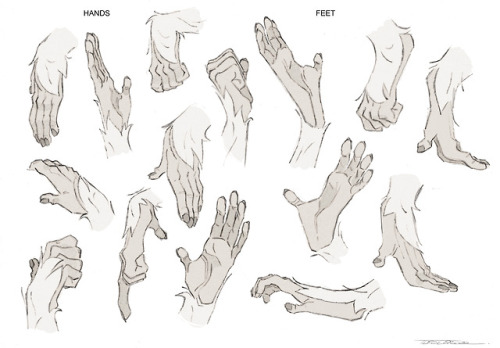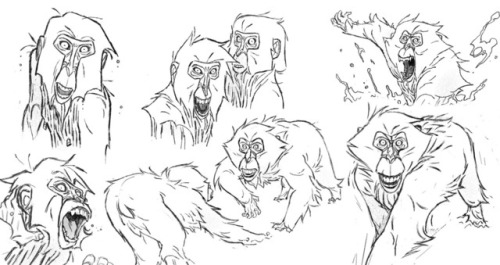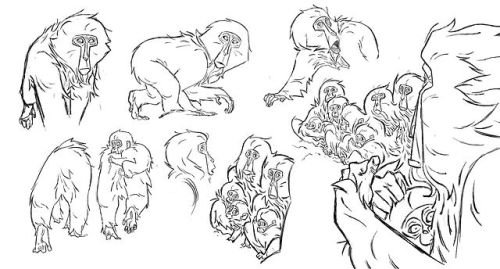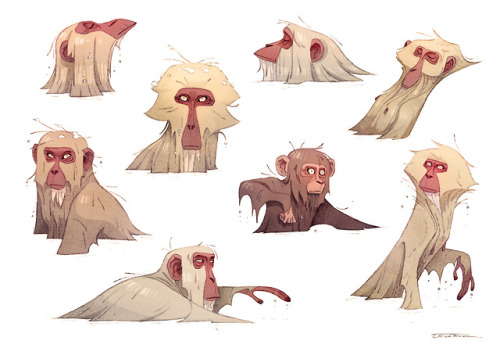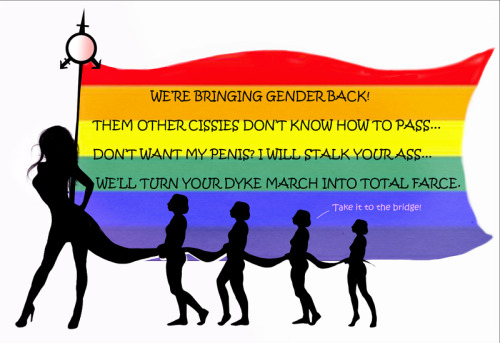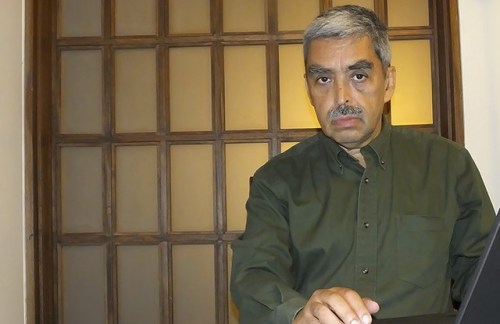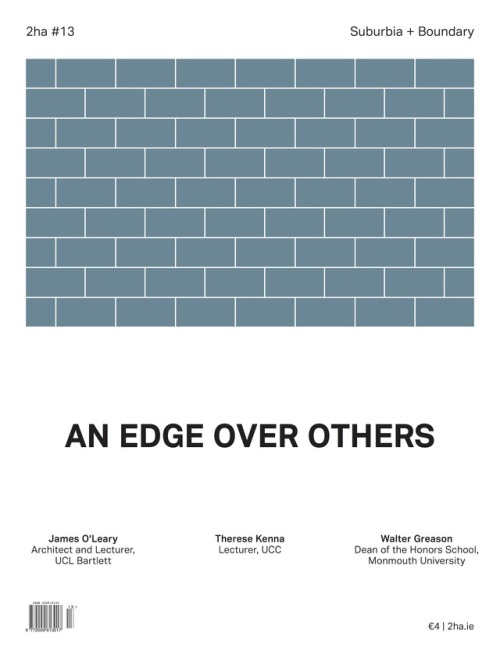#exclusion
What and who is included in the lgbt/queer/gay(general) communities aren’t always super clear cut actually and like… that’s fine.
Like a cishet man that likes doing drag likely doesn’t consider himself queer and neither would any of his queer/lgbt friends but he might still be super active in the community and mostly hang out with gay guys and bring his girlfriend to pride and maybe even perform at pride. And maybe the queer community is where he feels most at home because he’s kind of feminine, and doing drag is a big part of his life.
Irl probably almost nobody would kick this guy out. A lot of internet discourse would. But that kind of makes no sense.
I grew up in the theatre community, and after I learned what being gay was I discovered that gay people were everywhere in theatre. But so were straight people that just kind of fell outside of societal norms a bit. Straight people that often just felt more comfortable around gay people because they could just be themselves.
And yeah that’s an obvious example of people that aren’t queer hanging out in queer spaces but there’s also a ton of gray area. Straight polyamorous people for example. People that identify as cis that “crossdress” or even do some things that might be considered to be part of “transitioning”. Or some intersex people that don’t id with the lgbt community. Or people that id as non binary but not as trans.
At some point you need to stop trying to figure out who definitively belongs in the club because like… there is no club. Irl queer spaces tend to cover huge swaths of people. There’s a lot of gray area. And also you’ll also tend to find a lot of cishet gender conforming people in these spaces too. Because their significant other or a family member or a good friend is lgbt+ or because they’re poly or because they just feel more comfortable around queer people or they just feel like fighting for gay rights is something that they’re supposed to be doing. And if they’re respectful and the space isn’t explicitly “no cishet right now” then like, them being there isn’t that much of an issue usually.
All of this internet discourse that tries to exclude or bully people just isn’t grounded in reality.
Character design research, concept and line up for my graduation film « Hors de l’eau ».
Co-direted with Andrei Sitari,Valentin Lucas,Simon DuongandJoël Durand.
Watch the short film HERE
Also, you can follow the short film facebook page where you can find preproduction art and many more goodies: FACEBOOK
Post link
Farid Matuk: “El impacto de El Niño está siendo subestimado”
El ex-jefe del INEI sostiene que la economía este año no crecerá debido a los efectos del fenómeno climático. Resalta la necesidad de invertir en educación y vivienda.
El economista y exjefe del INEI Farid Matuk es crítico de las medidas de inversión pública tomadas por el Gobierno de Pedro Pablo Kuczynski (PPK) antes y después de los efectos del fenómeno El Niño. Considera demasiado optimistas las proyecciones de crecimiento oficiales para este año, pues en su opinión los efectos de El Niño resultarán en un estancamiento del PBI.
Hay analistas que consideran que el crecimiento de este año podría ser menor al 3%. ¿De cuánto tendría que ser la inversión pública para que el MEF logre su objetivo?
Yo veo dos vehículos principales: el primero constituye en cumplir con la meta de destinar el 6% del PBI a presupuesto de educación y básicamente para infraestructura educativa. Esto significará un fuerte incremento de la inversión pública y creación de empleo. El otro sería un plan de vivienda social para los damnificados de El Niño, siguiendo el ejemplo de la Unidad Vecinal Mirones. 100 unidades vecinales que implican en total 10 mil millones de soles de inversión en viviendas para ser vendidas.
¿Y cómo se financiarían estas iniciativas?
Se llegaría a un incremento de 3.6% del déficit respecto a la meta de apertura. El total de incremento de gasto de inversión en estos dos rubros es de 25 mil millones de soles. Este sería el valor de un bono de deuda externa a 30 años con cinco de gracia.
¿Las medidas de financiamiento de vivienda que ha tomado el Gobierno qué le parecen?
Es algo muy limitado, muy chico.
Para el segundo semestre, el MEF está proyectando un crecimiento del 4%…
Es imposible…
¿Por qué?
Porque hasta donde se tiene información disponible, el gasto público está en rojo. Yo creía que iba a haber un shock de inversión pública con PPK, pero no.
¿Pero tomando en cuenta la inversión que habrá para la reconstrucción?
Hay algo que para mí es emblemático. Se trata de los reportes del BCR que muestran que con El Niño del 83, el PBI del año 83 bajó 10 puntos con respecto al PBI del 82; con El Niño del 98, el PBI de ese año bajó siete puntos con respecto al del 97.
¿Y cómo cree que cerrará el año?
Mi argumento es que como ahora hay mayores labores de mitigación, de cuidado, bajará cuatro. Entonces, si en el 2016 se creció 4%, en el 2017 se va a crecer cero. El impacto de El Niño está siendo subestimado.
¿Eso tomando en cuenta el aporte de la minería?
El aporte de la minería no le va a pegar tanto es chiquito. Cada vez tenemos más y más empleo informal. Eso es lo que está frenando la economía. El otro problema es que los precios de la materia prima estuvieron creciendo hasta el 2013 y desde allí están a la baja. Quellaveco, por ejemplo, según PPK lo ha dicho: el directorio se va a reunir en febrero, va a mirar el precio del cobre y si le conviene abrirá la mina. El presidente se puede parar de cabeza si quiere pero para que la mina entre en funcionamiento o no, no importa qué suceda dentro del Perú.
Para que el país deje de estar a merced de los precios de las materias primas, ¿convendría retomar el plan de diversificación productiva?
El presidente Kuczynski tuvo una idea interesante en algún momento y yo la suscribo. Él dijo que cuando era ministro de Minas de Belaunde exportaban 70% de minerales como metal y 30% como concentrado. Ahora es al revés. Lo que él no dijo es que en aquel entonces podía hacerse eso por las refinerías que los militares habían hecho. Él en una entrevista con Canal 4 señaló que debían hacerse dos megarefinerías en el Perú. De tal manera que el Perú exporte minerales y se cree empleo.
LUCHA CONTRA LA POBREZA
La tasa de reducción de la pobreza del 2016 fue de 1.1 puntos y en el año 2015, de 1 punto. ¿Qué representan estas cifras?
Nada, no representan nada.
Tomando en cuenta que el MEF ha rebaja su proyección del crecimiento del PBI, ¿qué tasa de reducción de la pobreza podríamos tener este año?
Yo creo que ninguna o tal vez la pobreza aumente. Incluidos los márgenes de error, (el resultado) es prácticamente igual que el año pasado, dado el crecimiento que hubo el año pasado, del 4% del PBI. Con un PBI así, la pobreza se reduce prácticamente nada.
Post link
2ha #13 is now available online.
Issue 13 considers the physical, legal, economic and symbolic borders which bind our everyday definition of suburban life. Three essays outline the contested nature of this space and the multiple means of separation made for the benefit of some, to the exclusion of others.
James O'Leary (Architect and Lecturer, UCL Bartlett) describes the origins of Belfast’s ‘Peace walls’, the shaping of the residential areas through which they run, and their continued impact on the development of the city.
Therese Kenna (Lecturer, UCC) discusses the shifting methods of boundary-making since the emergence of the modern suburb and how trends in design, urban governance, and the law are undermining the possibility of a shared metropolitan future.
Walter Greason (Dean of the Honors School, Monmouth University) highlights the conflagration of race, racism, urbanism, and economic development which persists, and is in some cases maintained by the chaotic application of zoning principles in the United States’ ex-urban edge.
For more information see 2ha.ie.
Post link

Hors de l’eau
“Through the eyes of a macaque mother, a group of snow monkeys has to face the strict rules which govern their community”
Directed by
Simon Duong Joel Durand Thibault Leclercq Valentin Lucas Andrei Sitari
Greetings Everyone!
It’s been 9 days since the online premiere of our graduation movie!
I am proud to share it with you, tumblr community!
We worked hard for 9 months and we are very proud of the results we achieved!
I really hope you will enjoy it!
Please do support the movie and share it and reblog it!
You can follow the short film facebook page where you can find preproduction art and many more goodies: FACEBOOK
Wish you all the best,
Andrei
www.andreisitari.com

